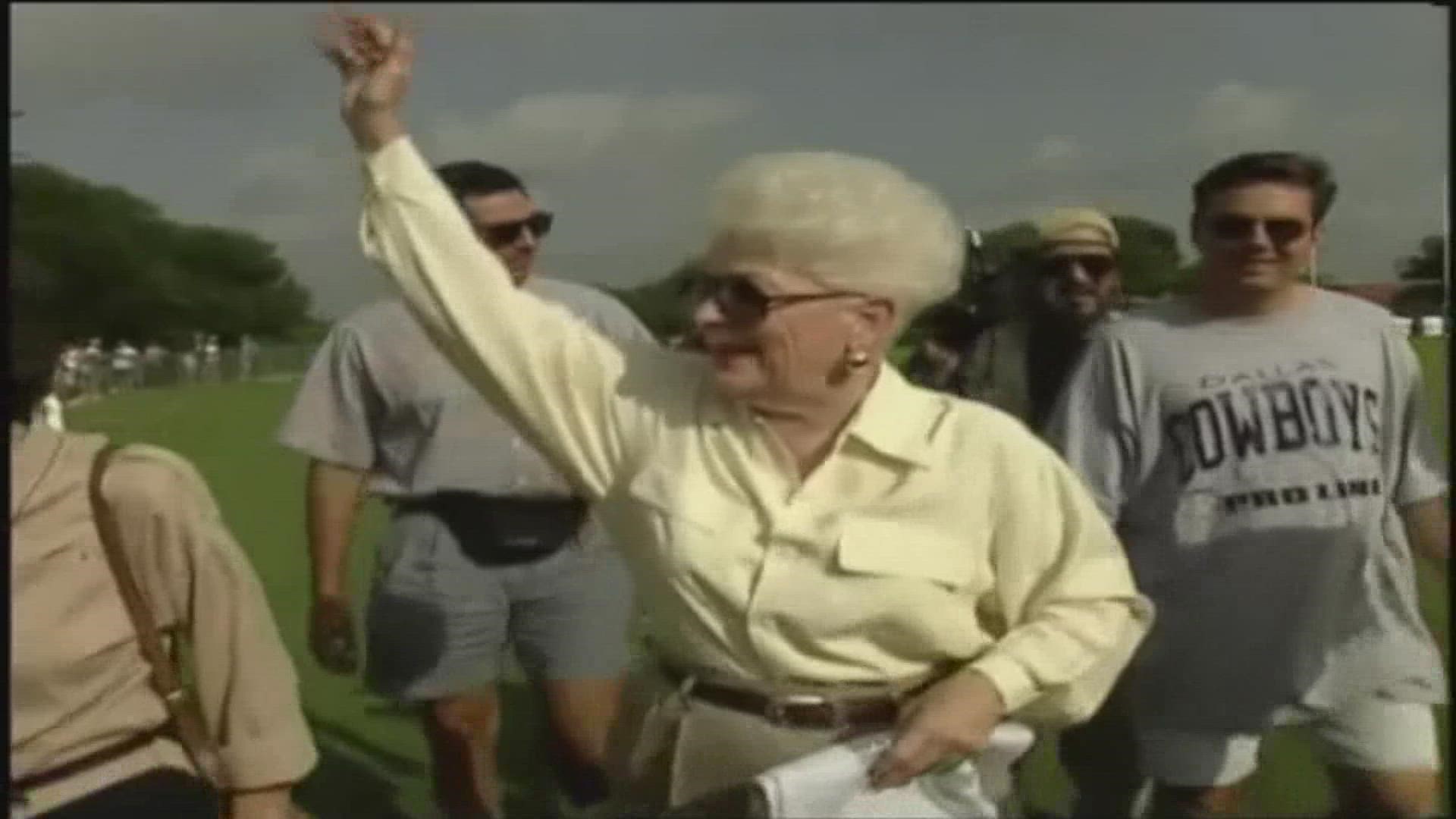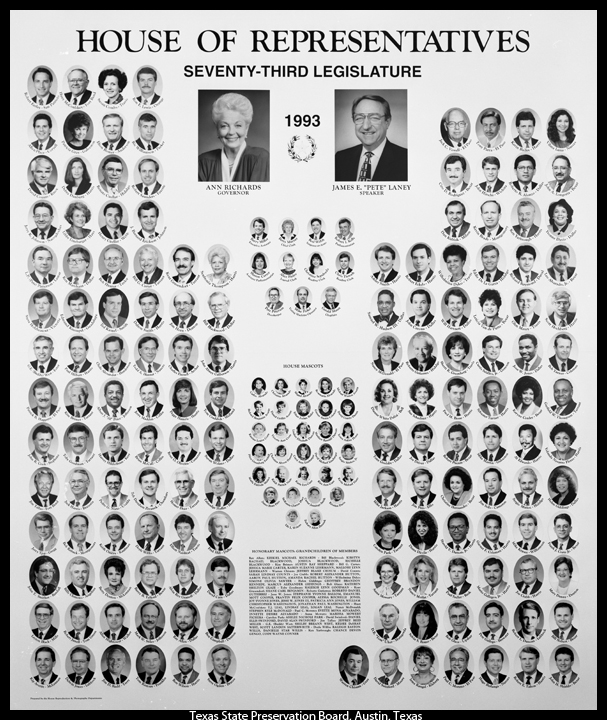The 1994 United States House of Representatives elections in Texas occurred on November 8, 1994, to elect the members of the state of Texas's delegation to the United States House of Representatives. Texas had thirty seats in the House, apportioned according to the 1990 United States census.
In early 1994, several Republicans sued the state alleging that District 18 and District 29 were racially gerrymandered. District 30 was later added to the case, and in August, a federal judicial panel ordered the state to redraw its congressional districts. A separate panel later allowed the struck districts to be used for the 1994 elections, but it ordered the state to redraw its districts before the 1996 elections. This decision was later appealed and became the Supreme Court case Bush v. Vera.
These elections occurred simultaneously with the United States Senate elections of 1994, the United States House elections in other states, and various state and local elections.
Amidst the Republican Revolution, in which the Republican Party took control of the U.S. House for the first time since 1952, Republicans gained two seats in the U.S. House of Representatives from Texas and won the statewide popular vote, but Democrats maintained their majority of Texas seats due to redistricting.
Overview
Congressional districts
District 1
Incumbent Democrat Jim Chapman ran for re-election.
District 2
Incumbent Democrat Charlie Wilson ran for re-election.
District 3
Incumbent Republican Sam Johnson ran for re-election.
District 4
Incumbent Democrat Ralph Hall ran for re-election.
District 5
Incumbent Democrat John Wiley Bryant ran for re-election.
District 6
Incumbent Republican Joe Barton ran for re-election.
District 7
Incumbent Republican Bill Archer ran for re-election unopposed.
District 8
Incumbent Republican Jack Fields ran for re-election.
District 9
Incumbent Democrat Jack Brooks ran for re-election. Republican Steve Stockman, who had lost to Brooks in 1992, defeated the 42-year incumbent as suburban Republican voters came to increasingly dominate the district.
District 10
Incumbent Democrat J. J. Pickle opted to retire rather than run for re-election.
District 11
Incumbent Democrat Chet Edwards ran for re-election.
District 12
Incumbent Democrat Pete Geren ran for re-election.
District 13
Incumbent Democrat Bill Sarpalius ran for re-election, but was defeated by Mac Thornberry
District 14
Incumbent Democrat Greg Laughlin ran for re-election.
District 15
Incumbent Democrat Kika de la Garza ran for re-election.
District 16
Incumbent Democrat Ronald D. Coleman ran for re-election.
District 17
Incumbent Democrat Charles Stenholm ran for re-election.
District 18
Incumbent Democrat Craig Washington ran for re-election. He was defeated in the Democratic Primary by Houston City Councilor Sheila Jackson Lee.
District 19
Incumbent Republican Larry Combest ran for re-election unopposed.
District 20
Incumbent Democrat Henry B. González ran for re-election.
District 21
Incumbent Republican Lamar Smith ran for re-election.
District 22
Incumbent Republican Tom DeLay ran for re-election.
District 23
Incumbent Republican Henry Bonilla ran for re-election.
District 24
Incumbent Democrat Martin Frost ran for re-election.
District 25
Incumbent Democrat Michael A. Andrews retired to run for U.S. Senator. Despite the national Republican wave, Democrat Ken Bentsen, the nephew of Treasury Secretary and former U.S. Senator Lloyd Bentsen, defeated businessman Gene Fontenot in the open race. The race was the most expensive U.S. House race in Texas history; Fontenot had outspent Bentsen four to one.
District 26
Incumbent Republican Dick Armey ran for re-election. He became the first Texas Republican to be elected majority leader of the U.S. House of Representatives.
District 27
Incumbent Democrat Solomon Ortiz ran for re-election.
District 28
Incumbent Democrat Frank Tejeda ran for re-election.
District 29
Incumbent Democrat Gene Green ran for re-election.
District 30
Incumbent Democrat Eddie Bernice Johnson ran for re-election.
References




